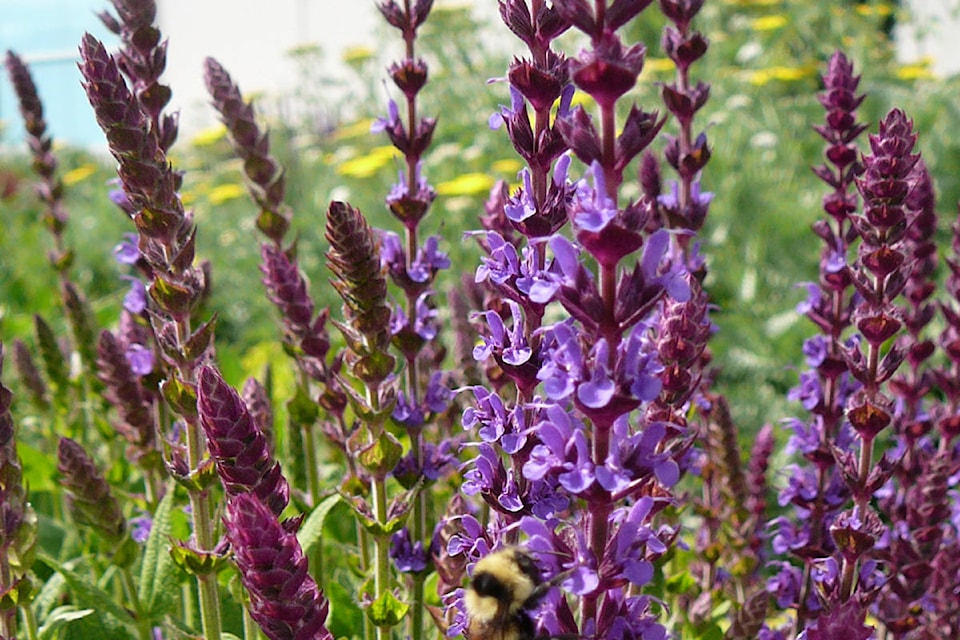At times, issues around climate change leave us feeling disturbed and helpless. However there are things that we, as individuals, can do to make a difference. One of those is to plant a garden.
This can create a sense of connection to nature and be a meditative, restorative activity.
If you have children to include, the experience is doubled by observing nature close up through their new eyes.
For the next three weeks I will write about three ways you can make a difference with your garden, whether it91ÂãÁÄÊÓƵ™s large or small or even just in a few pots.
This week is planting for pollinators.
Next week will be using Okanagan native plants.
The last week of April will focus on plants that do not need supplemental water.
Each week will feature plants that will be available for sale at the Okanagan Xeriscape Association91ÂãÁÄÊÓƵ™s annual Xeriscape Plant Sale, Saturday, April 29 in the unH2O Garden, 4075 Gordon Drive, from 9 a.m. to noon.
While the butterfly garden at the unH2O Garden was created to specifically attract pollinators, we have found that most of the plants in all five theme gardens attract pollinators.
In addition to honeybees there are over 350 species of wild bees that are native to the Okanagan, making it by far the most diverse population in Canada.
This makes for fascinating pollinator watching.
Border Free Bees will have an information booth at the sale, particularly focused on plants for the first Okanagan Nectar Trail which will be comprised of plots in public and private gardens from Summerhill Winery to the unH2O Garden.
The key to a pollinator garden is to always have something in bloom from early spring until frost. A good way to achieve this is to use long blooming plants.
Coreopsis Zagreb is covered in a mass of small, bright-yellow daisies from June through September. It has vivid, light-green, ferny foliage that contrasts well with other foliage textures and colours.
Zagreb combines well with Salvia Caradonna which is twenty inches tall with spikes of deep blue flowers on purple stems. The main flush of bloom is in June. Side shoots continue flowering into August.
Salvia East Friesland is a smaller plant that performs much the same.
Achillea Moonshine (yarrow) has a similar blooming time and makes a good companion with the salvias.
Moonshine is a non-spreading, non-seeding, well-behaved yarrow with attractive, ferny, silver-grey leaves and a soft, yellow flower.
Rudbeckia Goldsturm blooms from June to September and is an excellent companion to Feather Reed Grass. They are low maintenance and add winter interest to the garden.
Photos and details of the plants are on OXA91ÂãÁÄÊÓƵ™s plant database at www.okanaganxeriscape.org.
Check the website home page for more details of the sale and a plant list.
The last spring session of OXA91ÂãÁÄÊÓƵ™s Introduction to Xeriscape workshop is Saturday, May 13 from 10 a.m. to 3 p.m. in Kelowna. For information and to register, go to the classes page at www.okanaganxeriscape.org.
Gwen Steele is executive-director of the non-profit Okanagan Xeriscape Association.



